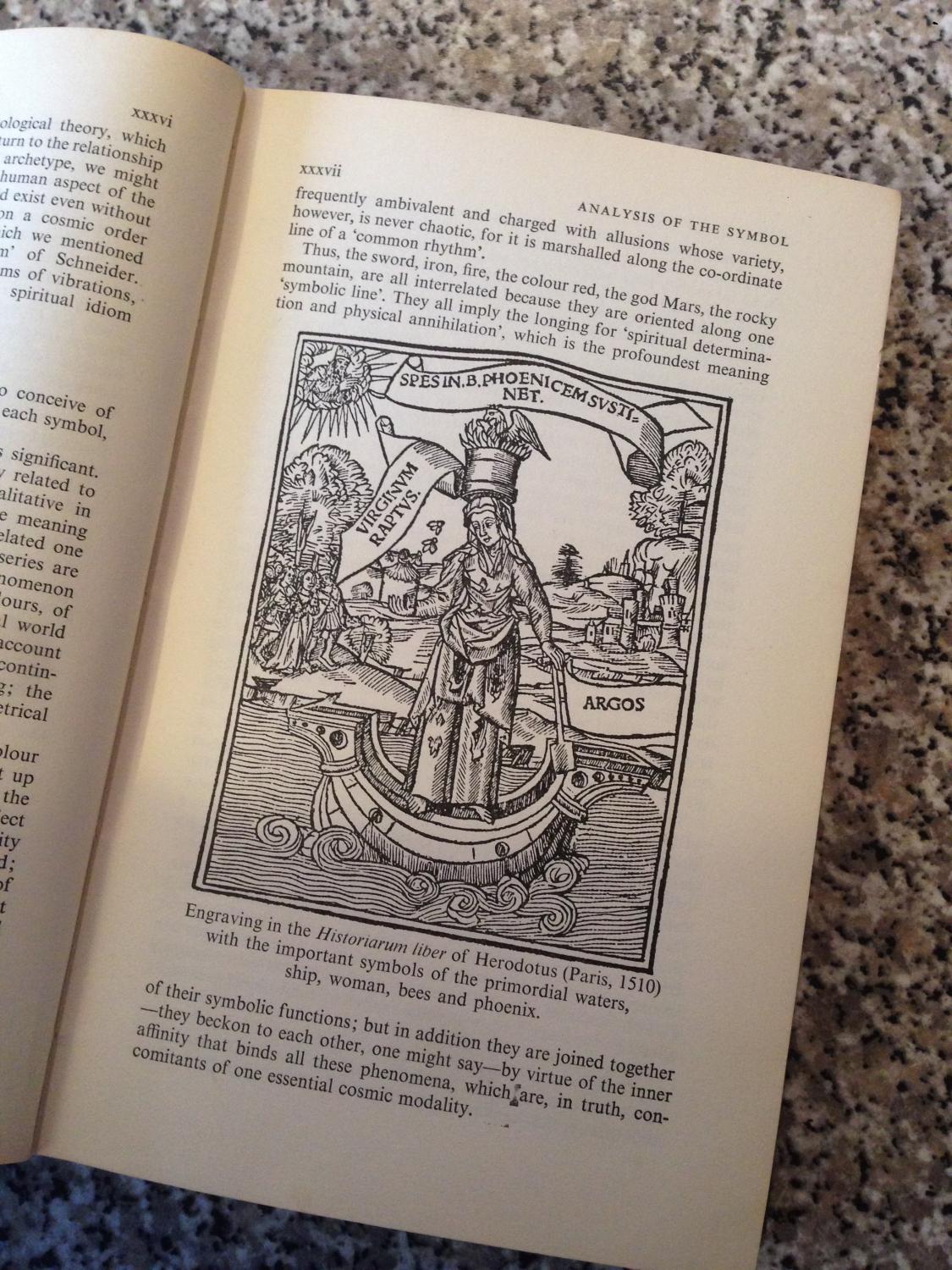

He was in Zaragoza until 1943 there he frequented the city's intellectual and artistic circles and associated with the painter Alfonso Buñuel—brother of Luis Buñuel—with whom he translated the poems of Paul Éluard, André Breton, and Antonin Artaud. In early 1940, he was mobilized again, but this time by the pro- Franco side. In 1937, he was mobilized to fight for the Second Spanish Republic. There he matriculated high school from the College of the Jesuits and worked in a customs agency and the Banco Hispanoamericano while also studying music. Cirlot was born in Barcelona to Juan Cirlot and Maria Laporta.
He composed music and worked with the artists of the Dau al Set, a Catalan group. On 11 August 1947, he married Gloria Valenzuela, then began to work in the editorial bookstore "Argos". He met novelist Benítez de Castro, who introduced him in the media as an art critic.
In 1951, he began to work in the Gustavo Gili publishing house, where he remained until his death. Igor Stravinsky, his first treatise, was published. In October, he traveled to Paris and met André Breton.
In 1966, he saw Franklin Schaffner's film The War Lord, which had a great impact on his poetic work.Cirlot fell ill with pancreatic cancer in 1971, for which he underwent surgery on. In 1963, he severed ties with Dau al Set member Antoni Tàpies. Years of intense activity as a critic and lecturer followed.In 1962, his father died and he published his dictionary in English under the title A Dictionary of Symbols, with a prologue by Herbert Read. His daughter Victoria was born the same year, and he helped found the Academia del Faro de San Cristóbal.In 1958, he began to write collaborations, such as Goya, Papeles de Son Armadans, and published, through the publishing house Luis Miracle, his most famous and international work, the Diccionario de símbolos tradicionales. His work El Ojo en la Mitología: su simbolismo was published in 1954. José Gudiol Ricart likewise introduced him to the study of Gothic art.
He conducted comprehensive studies on medieval symbology and hermeneutics, accruing an impressive collection of swords, and his prolific and varied poetic output—more than fifty books—remained independent of the trends that dominated the poetry of the postwar period because of their darkness and hermetism nevertheless, his impact has never ceased to be reevaluated through continuous revisions, reeditions, appearances of unpublished works, and tributes. As a member of the Dau al Set school, he was a collaborator of Joan Brossa and Antoni Tàpies. From this was sparked the interest in symbology that permeated all his literary activity and his important work as an art critic.
One reviewer in 1962 called the book "a momentous contribution to symbology". In 1988 88 sueños, a complete collection of the dreams transcribed by Cirlot published partially in the Catalan journal Dau al Set, was published, clearly showing the importance that the Surrealist school had on his formation.As a scholar, Cirlot is known internationally from his Dictionary of Symbols, which continues to be successfully reissued in the wake of symbologists like Carl Gustav Jung, Mircea Eliade, Gaston Bachelard, René Guénon, Gilbert Durand, and Paul Diel. Written in 1953, it went beyond the conceptual trends of the previous decades and continues to be an essential reference for professors and students of the universe of the work of art. In 1986 El mundo del objeto a la luz del surrealismo was published unedited. There are echoes of avant-garde fantasy.Cirlot also cultivated aphorism in his book Del no mundo (1969), in which his thought can be traced back to its sources in Nietzsche and Lao Tse.


Diccionario de símbolos (1958) El espíritu abstracto desde la prehistoria a la Edad Media (1965) El Ojo en la Mitología: su simbolismo (1954) El mundo del objeto a la luz del surrealismo (1953) Introducción al surrealismo (1953)
Translated by Jack Sage, foreword by Herbert Read (2nd ed.). ^ Cirlot, Juan Eduardo (2002). Confidencias literarias (1996) 88 sueños Los sentimientos imaginarios y otros artículos (1988)
Estructuras musicales en la poesía de Juan-Eduardo Cirlot", Bulletin of Spanish Studies, 83, vol. Dolores Manjón-Cabeza Cruz, Thomas Schmitt: "Mi voz en el sonido de tu luz. —, Diccionario de Símbolos, Ediciones Siruela: Madrid, 2003 (10ª edición). Juan Eduardo Cirlot, Diccionario de los Ismos, Ediciones Siruela: Madrid, 2006. Academy of American Franciscan History.


 0 kommentar(er)
0 kommentar(er)
